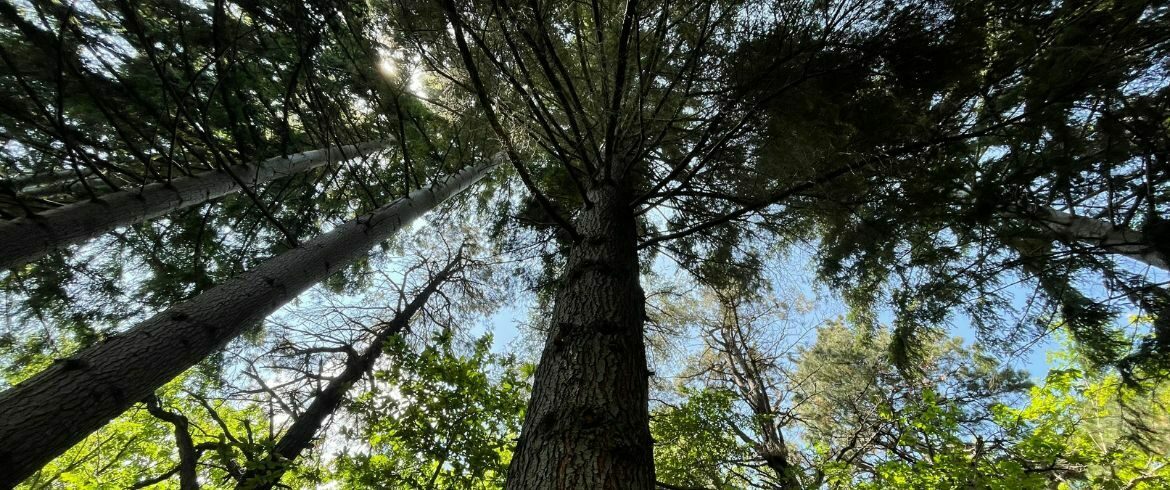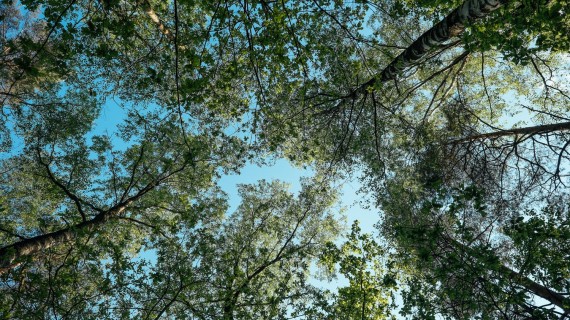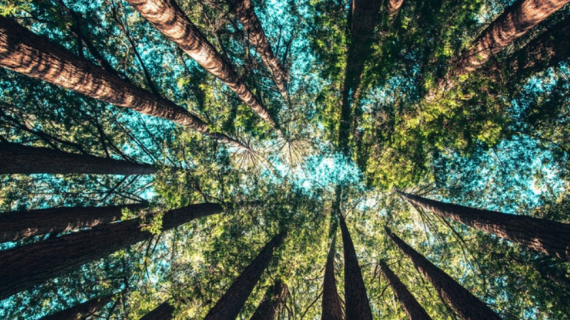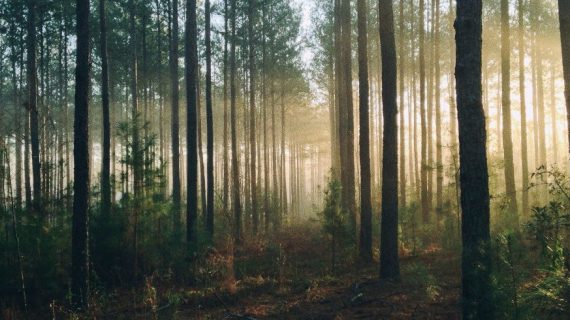Planting trees and growing forests are ever more current topics. Trees symbolize hope, regeneration and transformation. Plants are increasingly touted as a simple, affordable and easy-to-implement solution to stop climate change. But will planting trees really save us? We know that its benefits are numerous, but unfortunately it seems not to be enough to stop the ongoing climate change. According to experts, in order to stop global warming, we need to preserve forests and growing new ones that can become centuries-old, ecosystems that become treasures of biodiversity. Let’s see why.
Can planting trees save the planet?
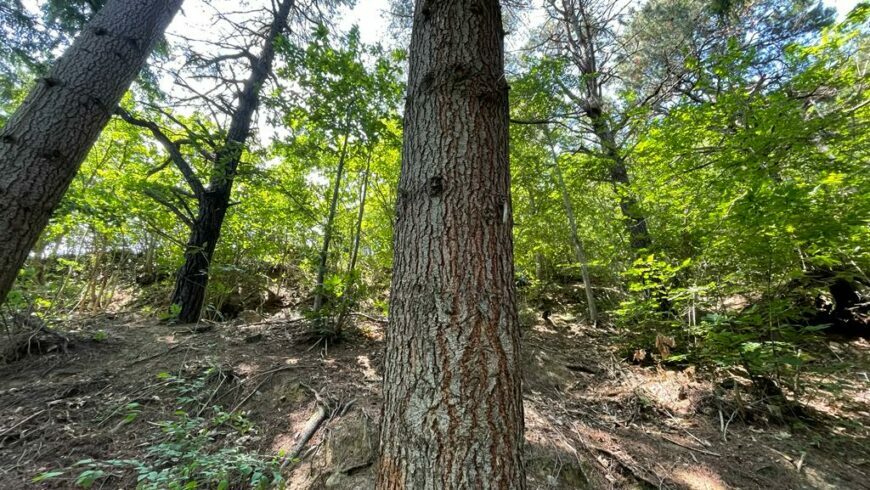
Indeed, trees are of great help in removing human-caused CO2 emissions. Through photosynthesis, plants are able to extract carbon dioxide from the air and use it to grow leaves, branches and roots. The forest floor itself can store carbon and act as a veritable reservoir of CO2.
According to a mapping done by scientists, on earth there are more than 3 trillion trees. It’s approximately half the number of trees that existed before the rise of human civilization.
And while centuries-old forests, like the Amazon, continue to experience erosion by deforestation, initiatives appear everywhere to plant thousands, millions or even a trillion trees.
Governments and businesses at international level are becoming more interested in ambitious planting projects with the dual objectives of offsetting current emissions and absorbing greenhouse gases, stuck in the atmosphere for decades or more.
The reality, however, is more complex than it would first appear. Experts believe that the mere fact of planting a large number of trees won’t save us from climate change. It is important to understand why.
The limitations of planting programs
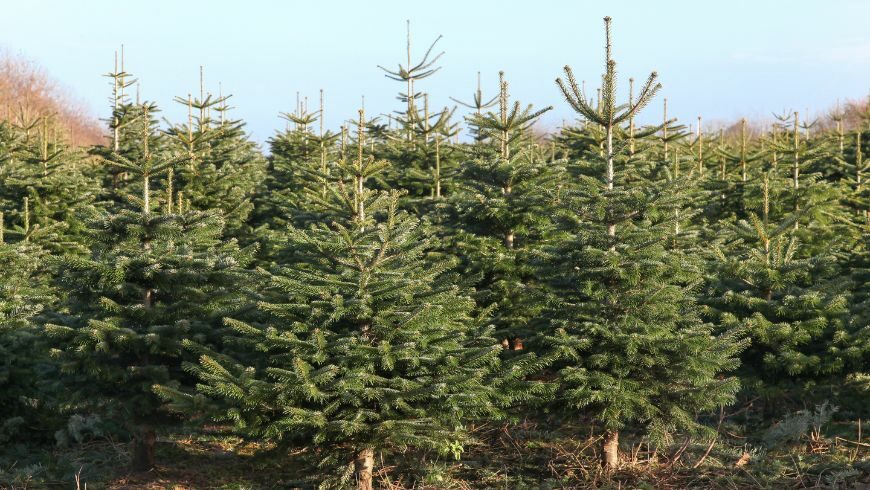
The most popular planting programs plant trees and then cut them down after 20-25 years. These cutting initiatives, such as FSC and PEFC, encourage a dual monetization of the plant:
- as an offset: when planted, the tree is sold as if it had to offset CO2 emissions from human activities;
- as timber for sale: after 20-25 years, the tree is cut down and sold, monetizing the plant once again.
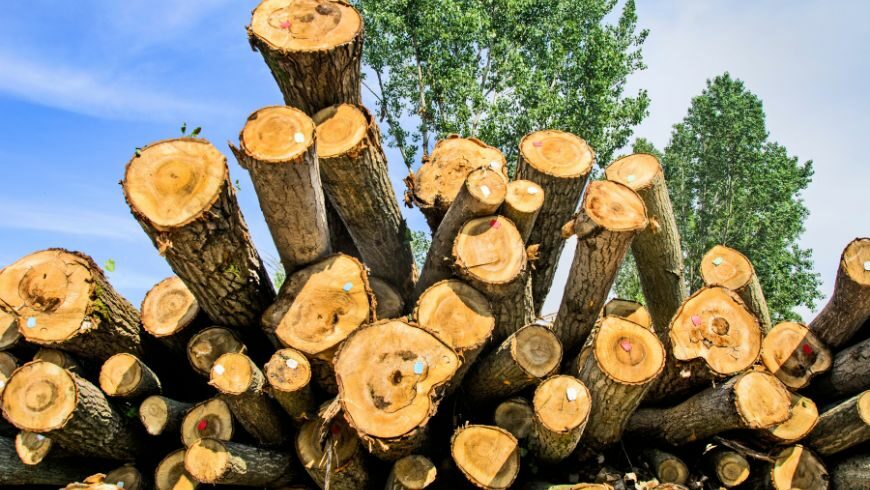
These planting programs are insufficient to tackle to the current severe climate crisis.
When a tree is cut down, all the CO2 it has absorbed during its 20-25 years of life is released back into the atmosphere. As a result, the efforts made to offset CO2 emissions are lost.
How much CO2 a tree can absorb
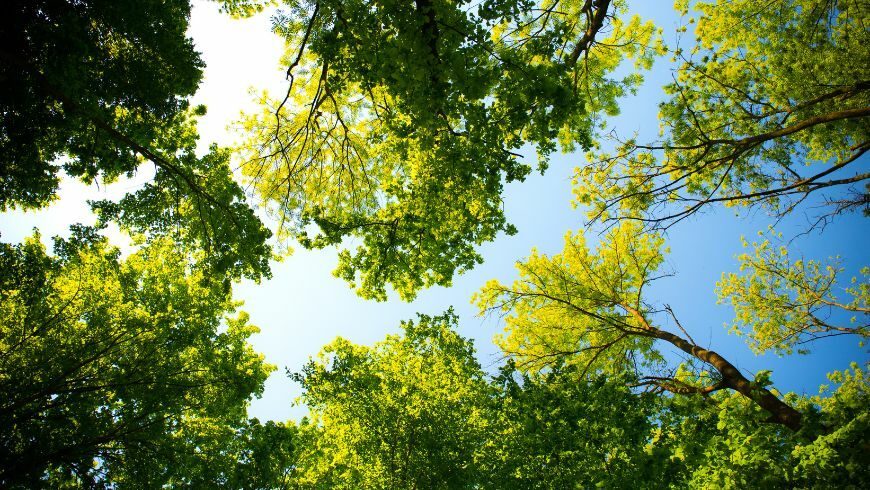
Trees improve our lives in many ways: when we consider their benefits, the word “photosynthesis” instantly comes to mind. The gas exchange of carbon dioxide and oxygen, that has made our atmosphere breathable and also magically turns CO2 into wood every single day.
The vast wooded areas of the tropics and boreal zones, also known as the earth’s lungs, are able to absorb 25-30% of our CO2 emissions alone.
However, the amount of carbon stored in forests depends on their age and management. In addition, the carbon that forests have stored in their trees and soil is released back into the atmosphere when the plants are cut down and die.
An average large tree can absorb 10-20 kg of CO2 annually. However, this is only true for adult trees that live in good condition.
That’s why, for example, the young trees in Italian forests absorb on average only 2 kg of CO2 each year. Moreover, many of these plants die due to neglect or climatic stress.
Planting trees is not enough
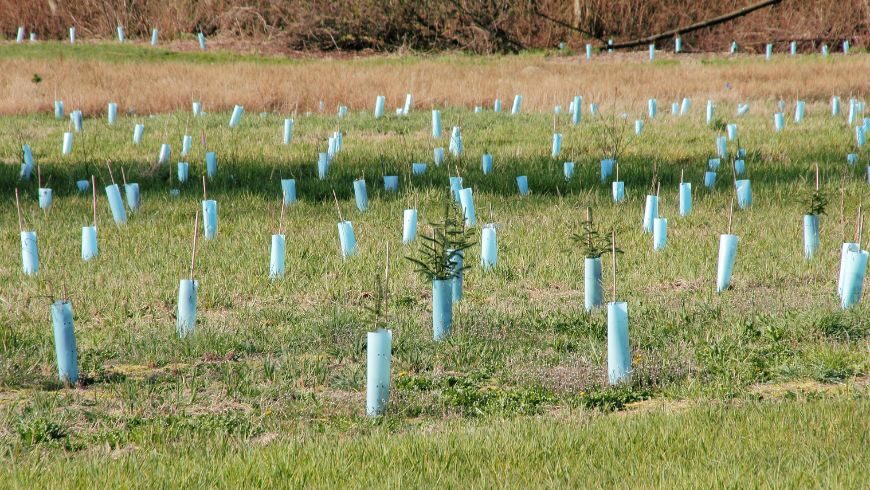
According to scientists, planting billions of trees all over the world is one of the most effective and cheapest ways to remove CO2 from the atmosphere and address the climate crisis. But it is not all as easy and obvious as it sounds; in fact, planting trees hides some pitfalls:
- A Stanford University study that analyzed tree planting and afforestation (i.e. creation of new forests) in Chile, revealed that, if it does not meet certain criteria, planting trees can actually be more harmful than beneficial, leading to the loss of biodiversity and an increase in carbon. In the case of Chile, for instance, the area of forest made up mainly of fruit trees expanded from 1974 to 2012, while the area of native forest (one of the most significant carbon reserves on the planet) decreased.
- Another study analyzed a Bonn Challenge forestation program aimed at restoring 350 million hectares of degraded forests. It discovered that 80% of the area had been planted with monocultures, such as fruit or rubber trees, which led to the loss of biodiversity and a decrease in the amount of CO2 the trees were able to store.
How to grow healthy forests
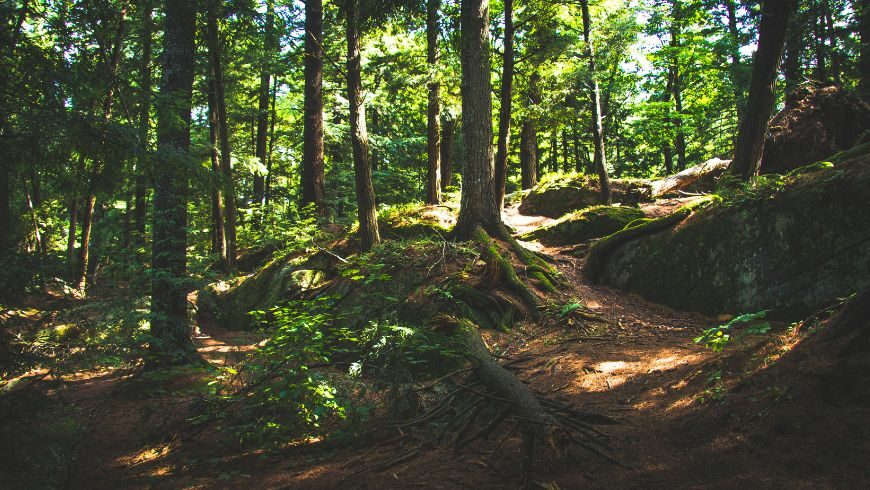
Selecting the right species is an essential first step when it comes to growing a healthy forest. It is not only important to plant trees, but also to choose native species that one should plant in mixtures to avoid monocultures. This promotes the growth of a healthy forest, able to withstand climate pressures and to grow and absorb CO2, benefiting the environment and the society.
Why is growing centuries-old forests so necessary?
The life span of an average European tree is between 300 and 500 years. Its ability to absorb and store CO2 varies drastically over time.
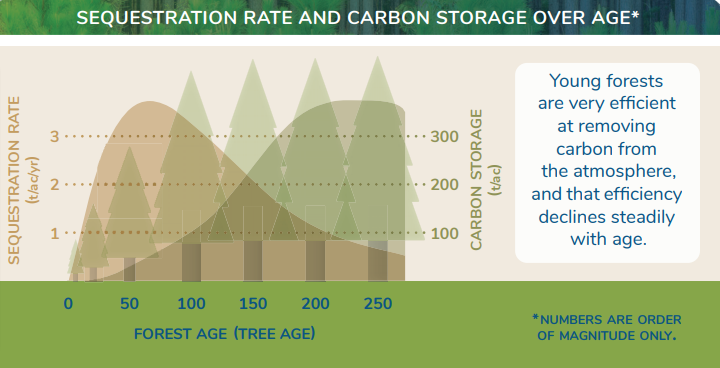
As revealed in the infographic, a plant’s ability to capture carbon dioxide from the atmosphere reaches its peak when the tree is more than 50 years old. While the ability to store carbon dioxide gives its best results when the tee is more than two hundred years old.
Cutting down a tree when it is only 20 or 25 years old means losing its maximum potential to capture and store greenhouse gases (removing them from the atmosphere).
Forest with centuries-old trees, virgin forests, are the most important ones for ecosystems, as well as the increasingly threatened Amazon rainforest.
Planting trees that we cut down shortly afterwards is not enough to address the climate crisis. We should be creating new forests and growing them into centuries-old forests. This must necessarily happen at a local level, where it is possible to monitor trees and let them grow.
Our project aimed at growing centuries-old forests in Europe
Our project for the creation of secular forests in Europe started in Italy, from a wood in the province of Savona, Liguria. A forest to regenerate by growing new native trees, with the aim of increasing biodiversity and creating a centuries-old wood.

Small native seedlings of pine, ash, oaks and chestnut are slowly growing to recreate a forest that human activity had destroyed. They will generate a green space rich in biodiversity, inhabited by insects, butterflies, bees and several animal species.
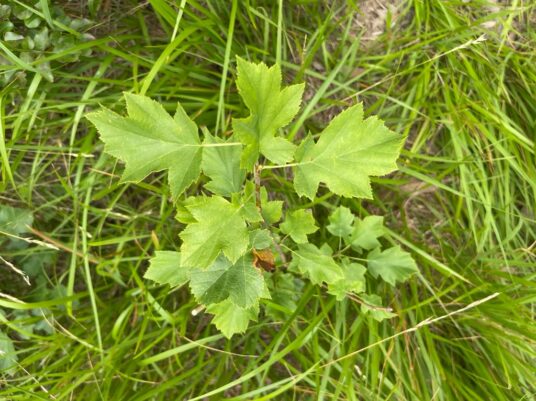
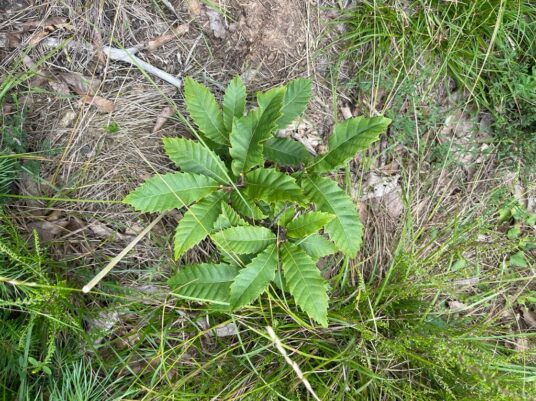
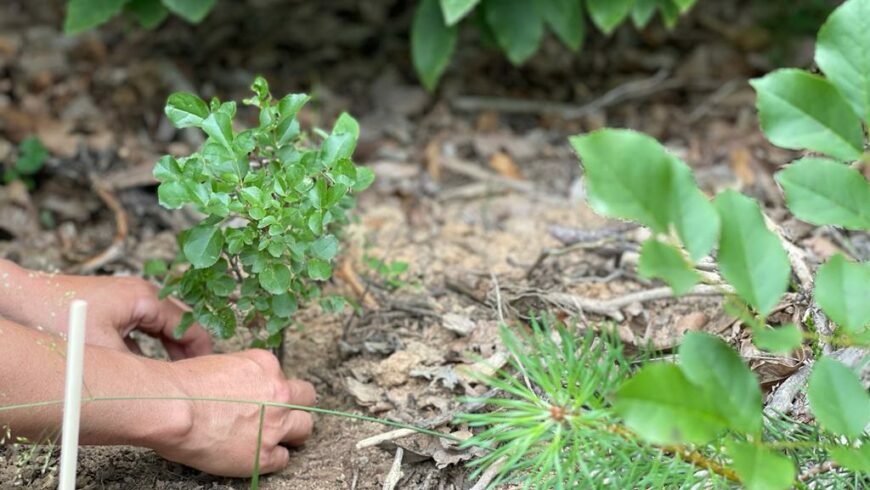
The objective of the project is to create a centuries-old, wild and virgin forest that could grow freely and regenerate undisturbed, with only nature’s laws serving as its rules.
In this way, we can best support the survival and the growth of the trees that inhabit it, allowing better absorption of carbon dioxide, restoring biodiversity and giving us real hope for combating climate change.
Find out how you can contribute to the Secular Forest project
Cover image: forest in Savona, photo by Ecobnb
